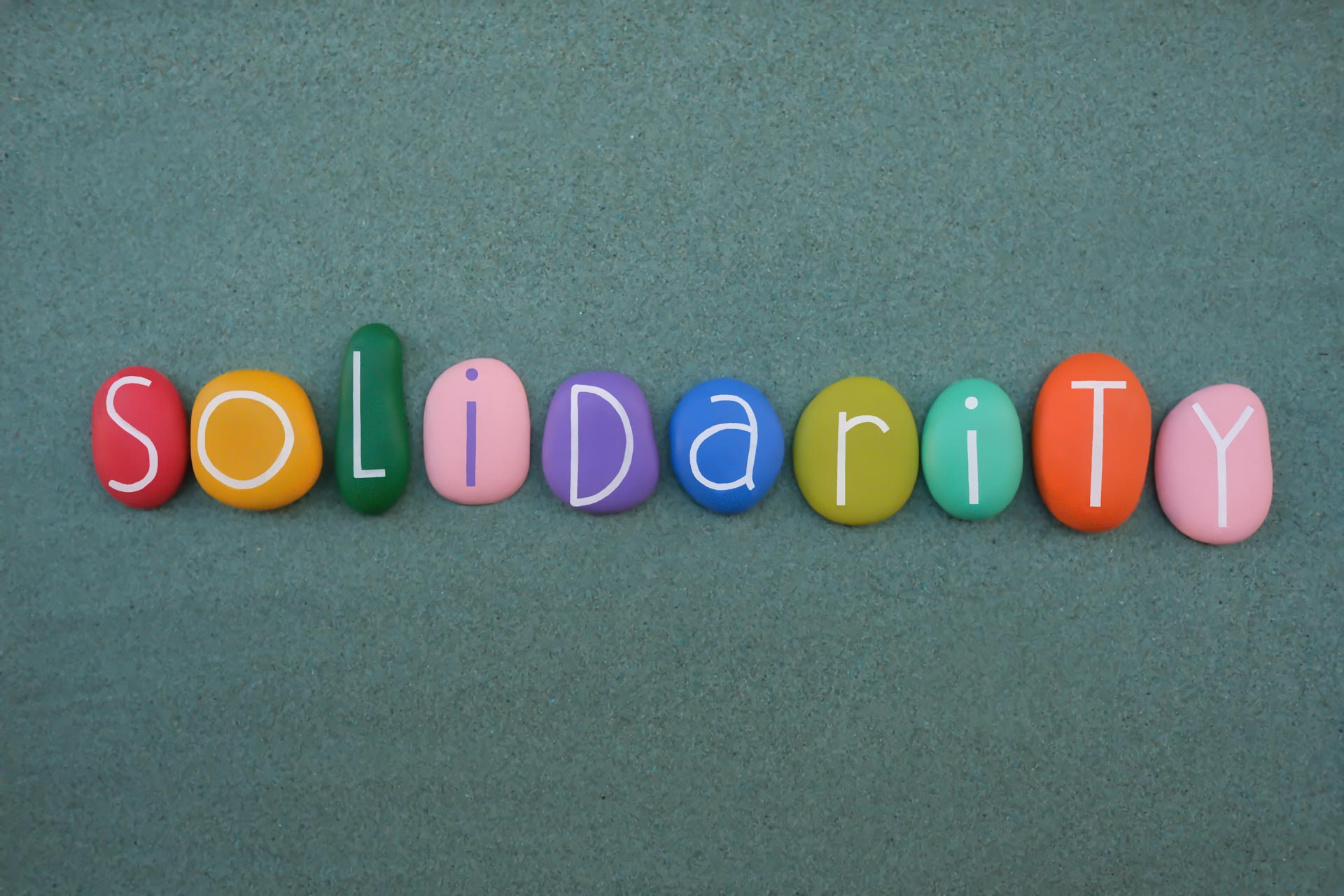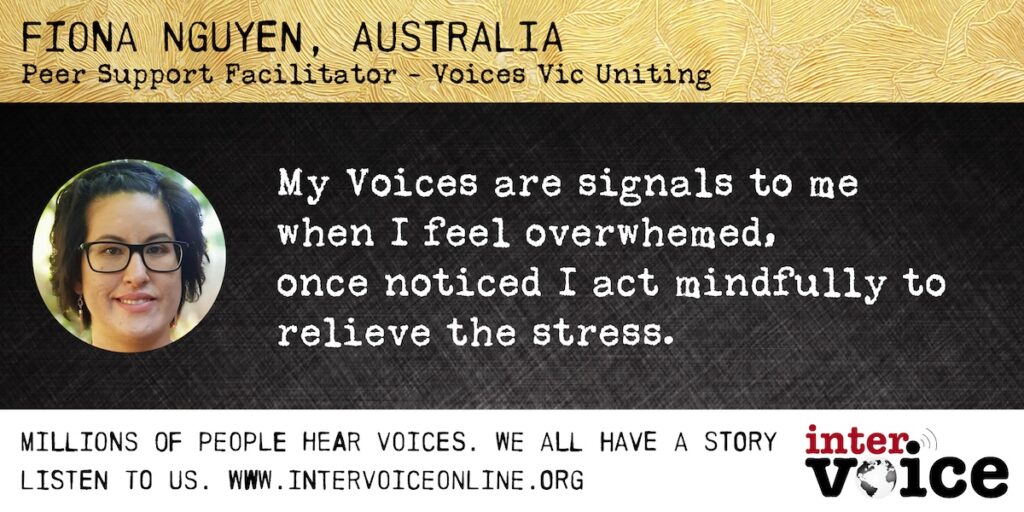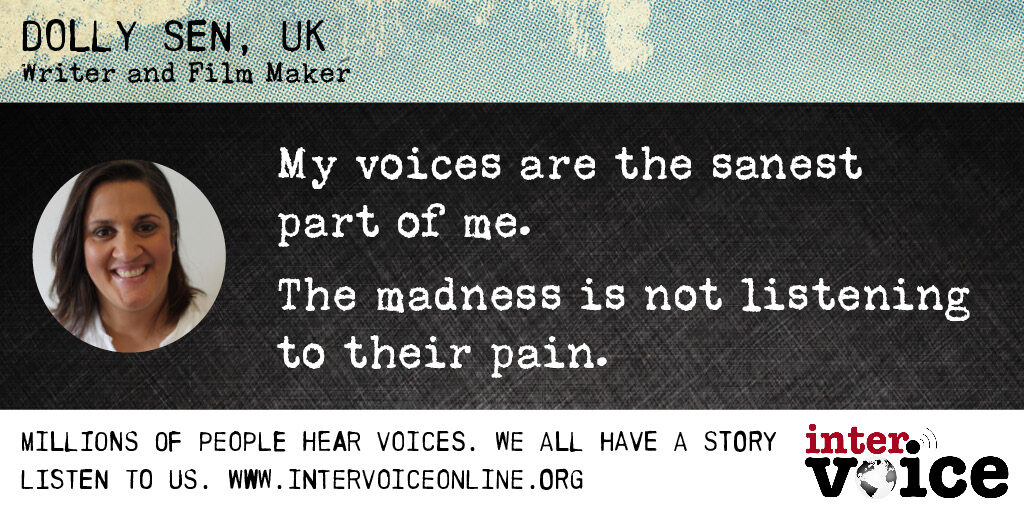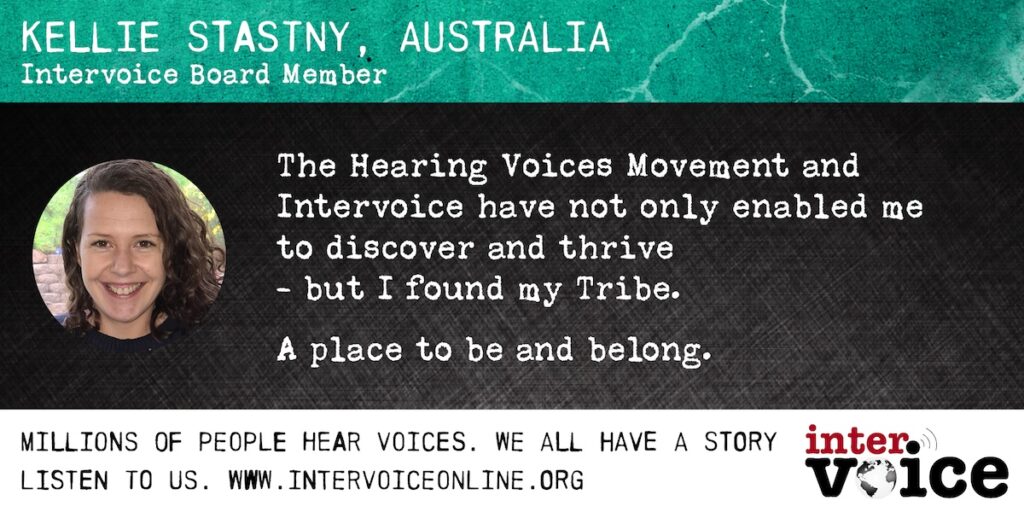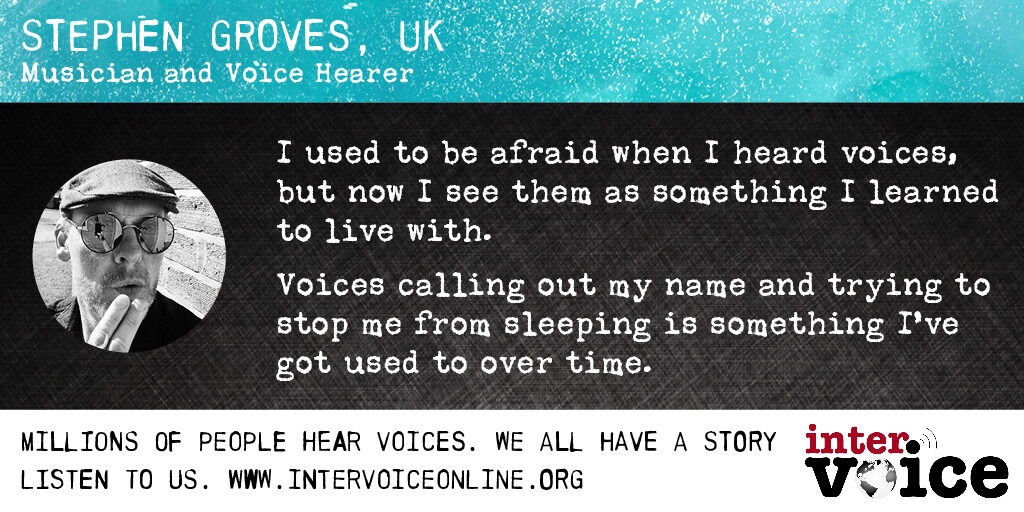Replicating the experience of hearing voices
The following exercise was developed by Ron Coleman as a way to simulate what it is like to hear voices and was developed to try to give mental health workers and relatives some insight into what it is like to hear intrusive, negative and commanding voices.
- Form a group of three people, the first person takes the part of the “voice”, the second as the voice hearer, the third a person with whom the voice hearer is conducting a “real” conversation. The “voice” positions him or herself close to one the ears of the voice hearer whilst the other two face each other seated on chairs. There can be a number of threesomes carrying out this exercise at the same time
- For two minutes the “voice” talks to the voice hearer whilst at the same time the voice hearer conducts a conversation with the the third person. The “voice” is instructed to make personal and belittling remarks to the hearer in a clear voice and to try to engage the attention of the voice hearer. At the end of two minutes the three switch roles until everyone has experienced being a voice hearer.
- At the end of the exercise the threesomes are brought together and are asked to describe what it felt like to hear voices (ie. confusion, frustration, annoyance, anger, depression, weariness) how it effected their ability to hold a conversation (ie. loss of attention and concentration) what strategies they employed to reduce the intrusion of the voice (ie. trying to ignore it, answering back, changing physical position). Other questions include asking what they would feel and do if the voice was permanent? (depression, suicidal feelings, a desire to avoid people, to hide away, to talk to the voice more). Conversely also ask what they thought about trying to conduct a conversation with someone who is hearing a voice (and being a voice!).
- List all the points raised by the participants and then compare them with those described in the three three phases of voice hearing , it is often the case that non voice hearers list exactly the same symptoms and ways of trying to respond.


